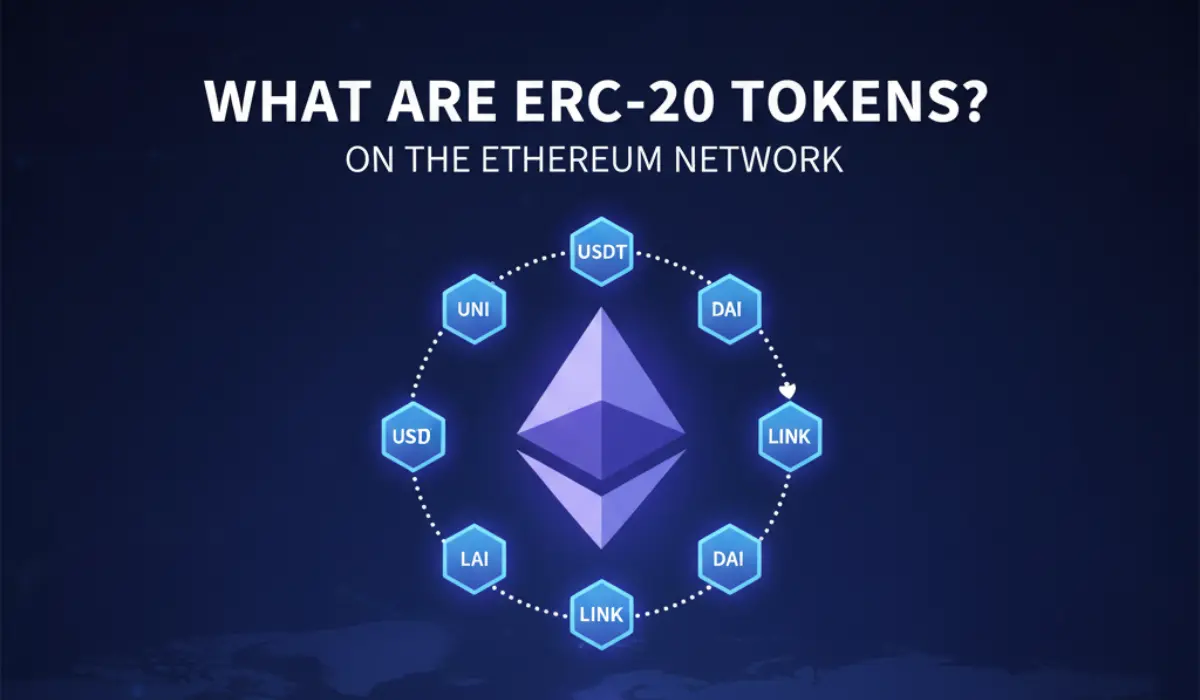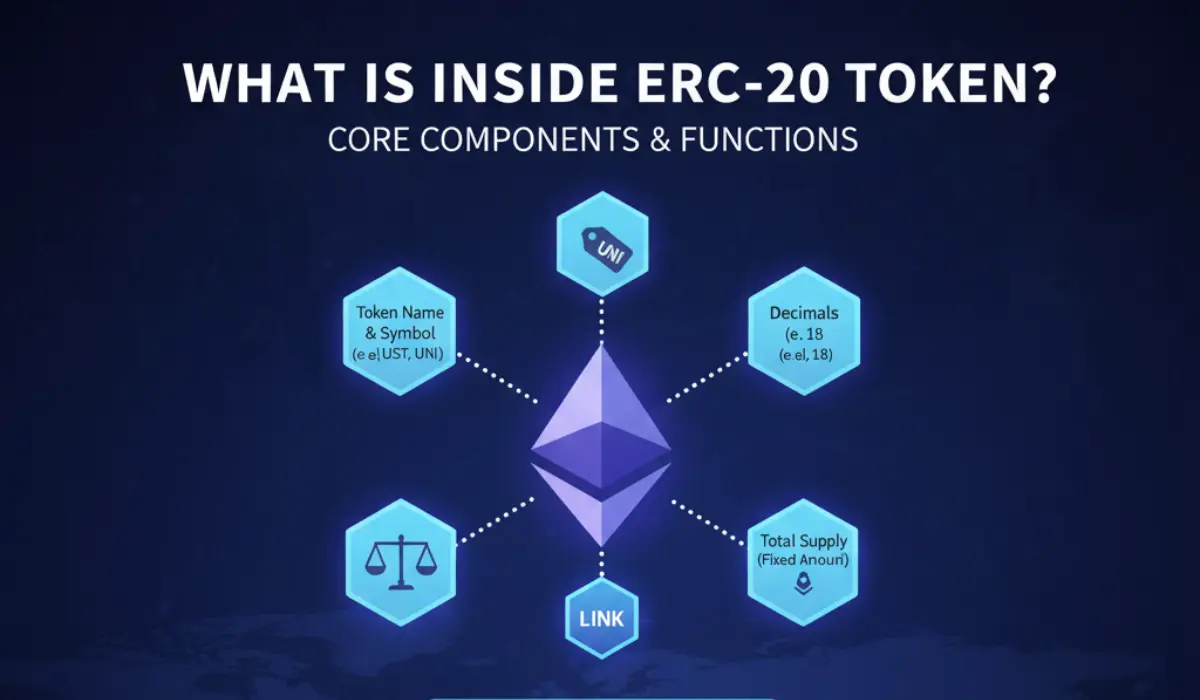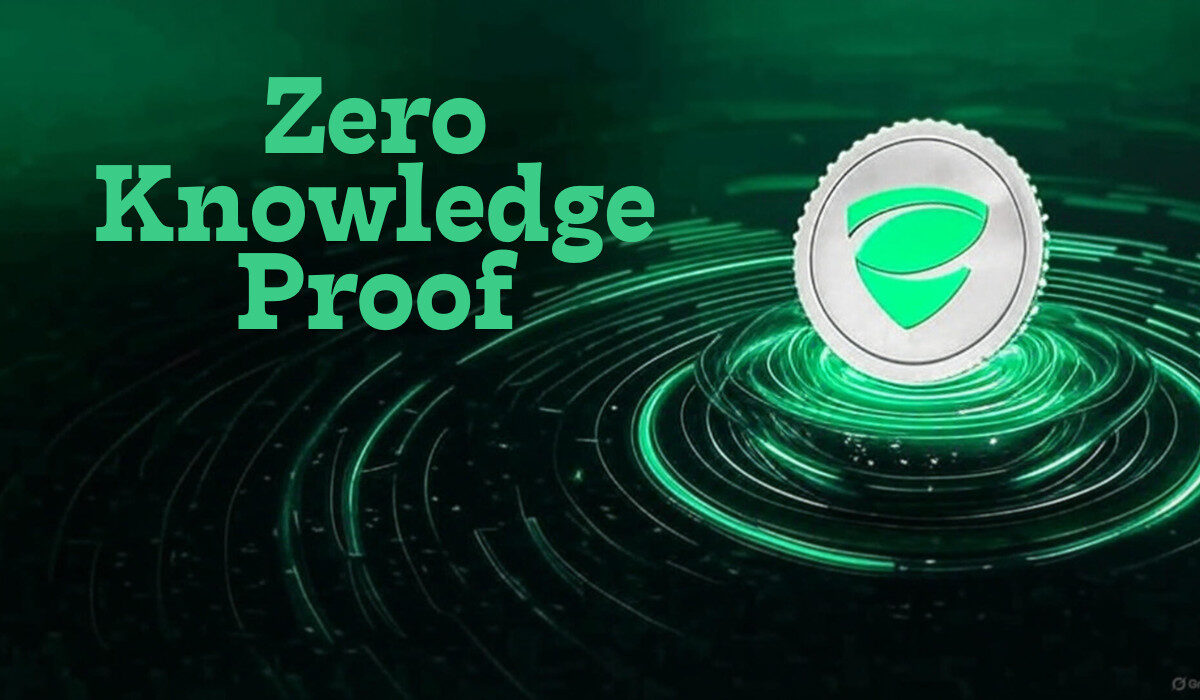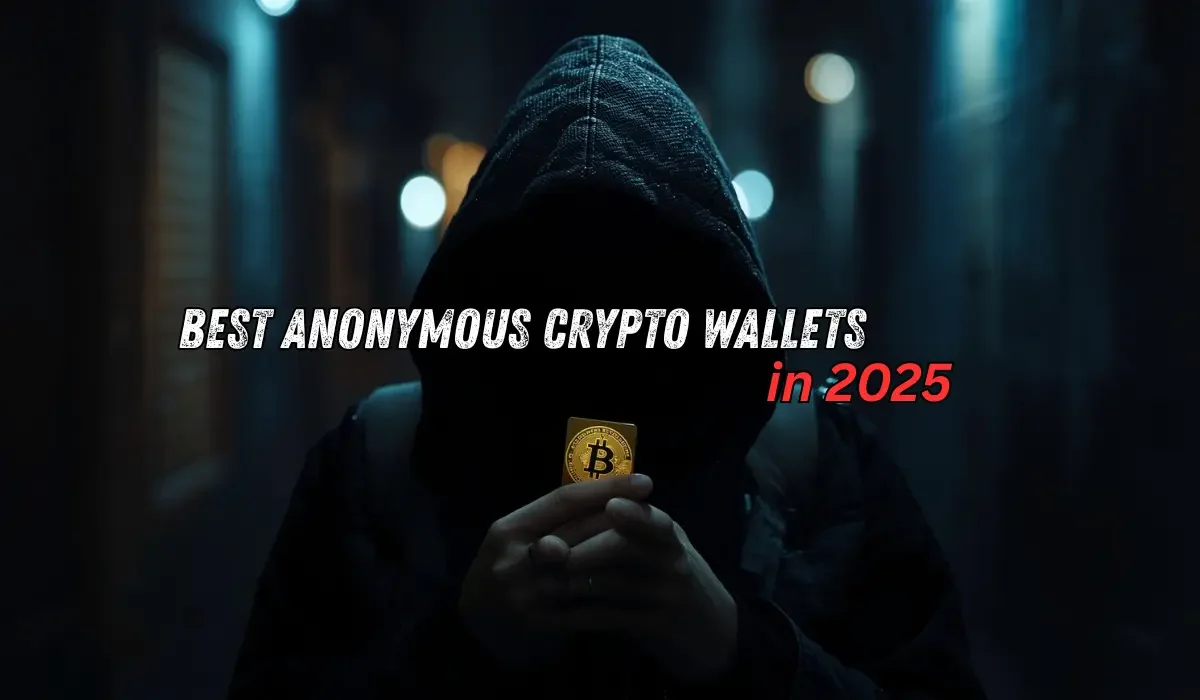ERC-20 Tokens : What Are ERC-20 Tokens on the Ethereum Network?

ERC-20 refers to the standard protocol of the Ethereum Blockchain network, exclusively for the fungible coins transacted through it. It is quite important to note that this protocol is not applicable to the non-fungible tokens that are being traded through the Ethereum network.
This protocol facilitates the supply of smart-contract-enabled crypto tokens, enhancing privacy and security for the transactions. Apart from that, these ERC-20 tokens are also flexible to be used with other products and services available in the network.
To put it in simple terms, ERC-20 tokens are issued in the Ethereum Blockchain network, indicating ownership rights over a digital asset that can be exchanged with other cryptocurrency tokens and does not have a unique nature, making it non-exchangeable. This article will discuss the ERC-20 tokens in their full swing, including their history, goals, utility, and much more.
What are ERC-20 Tokens; Explained
There are mainly two types of tokens being issued in the Ethereum network: Fungible and Non-Fungible Tokens. Non-Fungible Tokens are basically anything that has a unique nature, and they cannot be exchanged with other crypto tokens. In most cases, they will be something with intellectual property rights and tokenized for better financial scalability.
The other types of tokens, the fungible tokens, can be exchanged in the cryptocurrency markets. Such coins issued in the Ethereum network are known as ERC-20 tokens, in which ERC-20 refers to the protocol used for carrying out transactions in the network. The smart contract features are all present in the fungible tokens, making it quite advanced when it comes to privacy and security.
What are ERC-20 Tokens: A Bit of History
During 2015, smart contracts became popular, and everyone started creating tokens on their own. This was a revolutionary step in the evolution of the cryptocurrency market and trading. However, this step also brought along a couple of challenges that disrupted the seamless functioning of the Ethereum blockchain network.
The lack of a common token methodology made it difficult to trade and exchange the tokens with one another. To make this possible, a standard token protocol was required, and that is how the birth of ERC-20 took place.
It was Fabian Vogelsteller who first came up with the concept of this protocol to fix the issues that were faced then. The proposed project was the 20th comment on the GitHub page of the Ethereum network, in the form of an Ethereum Request Comment, and that is how the protocol, when accepted, got named as ERC-20.
However, the approval and implementation of the protocol took another two years, which was in 2017, but the name of the protocol remained the same as ERC-20. Once the protocol became operational in the Ethereum blockchain network, it became mandatory for every token creator to abide by this standardized methodology to create smart contract-enabled coins.
The coins that fail to follow the protocol will not be able to exchange with one another in the network. The network also mandated that creators advertise that their coins are ERC-20 compliant to activate the functionalities of the token in the network.
What is Inside ERC-20: Explained
The methodologies coded into ERC-20 are divided into two categories, namely events and functions. Functions are basically the elements included in the tokens created on smart contracts. Events, on the other hand, explain the actions to be performed by the coin.

Functions of ERC-20 Compliant Tokens
- Total Supply: Total issuable tokens
- BalanceOf: A token owner’s account balance
- Transfer: Automatizing the transfer of tokens to an address with the count specified
- TransferFrom: Automatizing the transfer of tokens from an address with the count specified.
- Approve: Approving the withdrawal of a specific count and amount of tokens for the spender
- Allowance: A specific number of tokens will be returned to the owner from the spender
Events or Actions Described of ERC-20 Compliant Tokens
- Transfer: Every time a successful transfer is completed, this event gets triggered
- Approval: Approving and listing a successful event
Optional Functions of ERC-20 Compliant Tokens
- Name of the token
- Token symbol
- Usable decimal points
As the name suggests, the creator doesn’t necessarily need to implement these three optional functions into their tokens. However, with these functions, the usability, accessibility, and popularity of the tokens can be improved significantly. The most fortunate thing about these optional functions is that the creators do not need to invest a lot of effort and energy to get these optional functions done.
Objectives of the ERC-20 Tokens
- One of the most important objectives of the ERC-20 compliant tokens is to fix a standard methodology for the creation and function of the smart-contract-enabled tokens in a blockchain network. This standard protocol will help the tokens have a common way for transactions and transfers.
- The information access and retrieval about a particular token can also be made easier by making the smart-contract-enabled tokens in the network compliant with the ERC-20 methodology. Information like the total supply of various tokens can be found out in this manner.
- The job of the developer working within the Ethereum blockchain network also becomes much easier by maintaining the compliance of the tokens with the ERC-20 methodology. In this way, they will be able to speculate about the behaviours of the tokens that are operational within the network. Release of newer tokens happens every now and then, especially in a giant blockchain ecosystem such as Ethereum. Having this power within themselves avoids the need to rework the code and development on every new release.
ERC-20 Tokens: Utility Explained
- ERC-20 Tokens protocol is adapted for creating dollar-pegged digital cryptocurrencies such as USDC and Shiba Inu (SHIB)
- Many functionalities of decentralized finance, such as lending, borrowing, trading, and staking, are carried out through the ERC-20 tokens. This avoids the requirement for any traditional intermediary between the transactions.
- ERC-20 tokens can be easily issued and sold through the Initial Coin Offering (ICO), so that fundraising from a global audience can be made easier.
- Assets like real estate, gold, silver, and the like can be easily transacted and liquidated if they are tokenized into an ERC-20-compliant form.
- ERC-20 tokens can also be easily used in the gaming economies for ownership over various digital assets.
- These tokens are also feasible to be opted for loyalty and reward programs by various businesses across the globe.
- Governance and voting rights over various tokens can also be acquired through any ERC-20 tokens.
- These tokens also create a sense of harmony between a lot of different tokens that are functional in the entire Ethereum blockchain ecosystem. This makes a coalition between them practical and possible through the transaction of these tokens working on a common protocol, ERC-20.
- Rules enforcement and regulation can also be made quite easier with the wide use of ERC-20 tokens, since they work on the same smart-contract code.
- These tokens and protocols can also make the creation and activation of newer tokens a walk in the park for both the creators and the developers.
A Final Thought on ERC-20 Tokens
ERC-20 or Ethereum Request for Comment Number 20 refers to the standard protocol followed by all the tokens created on the entire Ethereum Blockchain Network. The establishment of this common methodology facilitates and simplifies a range of things from development to transfers. Most of the smart-contract-enabled tokens now in transaction in the network are built following this protocol. Some of them are BNB (BNB), Shiba Inu (SHIB), Tether USD (USDT), and USD Coin (USDC).
Crypto & Blockchain Expert




